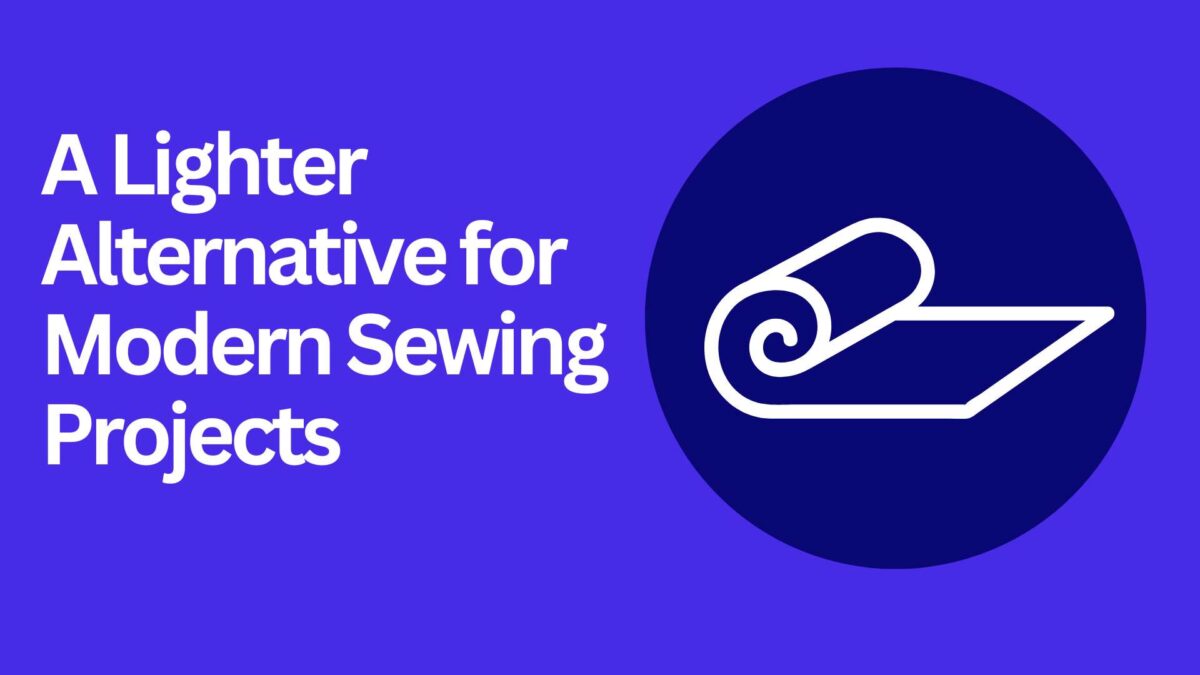Non-Woven Interlining: A Lighter Alternative for Modern Sewing Projects
For decades, woven interlining has been the go-to choice for adding structure and support to garments. But with the rise of new technologies and sewing trends, non-woven interlining is gaining popularity. Let’s delve into the world of non-woven interlining, exploring its advantages and disadvantages to see if it’s the right fit for your next sewing project.
Non-Woven Interlining: A Lighter Choice for Sewing, But Know the Trade-Offs
- What is Non-Woven Interlining
- Advantages of Non-Woven Interlining
- Disadvantages of Non-Woven Interlining
- The Final Stitch: Choosing the Right Interlining
What is Non-Woven Interlining?
Unlike its woven counterpart, non-woven fusible interlining isn’t made from threads woven together. Instead, it utilizes various processes, like heat bonding or needle punching, to form a web of fibers. This results in a lightweight, breathable, and often more comfortable interlining option.
Advantages of Non-Woven Interlining
- Softness and Drape: Unlike woven interlining, which can sometimes feel stiff, non-woven interlining offers a softer touch and more natural drape. This makes it ideal for garments requiring a fluid silhouette, like dresses, blouses, and lightweight jackets.
- Lightweight and Breathable: The non-woven construction creates a lightweight material that adds minimal bulk to your project. This is particularly beneficial for garments worn in warmer weather or for those seeking a more lightweight feel.
- Washability: Many non-woven interlinings are more washable than woven options. This allows for easier garment care without worrying about shrinkage or distortion.
- Versatility: Non-woven interlinings come in a variety of weights and textures, offering options for different applications. From lightweight fusible interlining for collars to heavier stabilizer for bag construction, there’s a non-woven interlining to suit your needs. Look for non-woven fusible interlining specifically when you need a heat-activated option for easy application.
- Cost-Effective: Generally, non-woven interlining tends to be more affordable than woven interlining. This makes it a budget-friendly choice for casual garments or projects where cost is a factor.

Disadvantages of Non-Woven Interlining
- Limited Strength: Compared to woven interlining, non-woven options generally offer less structure and support. They might not be ideal for areas requiring significant shaping, like collars or structured waistbands.
- Drape Can Be Unpredictable: The drape of non-woven interlining can vary depending on the specific type and weight. It’s important to test it on a scrap of fabric before incorporating it into your final project.
- Bulk in Seams: While lightweight overall, some non-woven interlinings can add bulk to seams, especially when using multiple layers. This might be a concern for delicate or streamlined garments.
- Meltability: Some non-woven interlinings may not withstand high heat. Be sure to check the manufacturer’s instructions for proper ironing temperatures.
Alternatives to Non-Woven Interlining
When you need more structure or a different drape, consider these alternatives:
- Woven Interlining: For areas requiring firm support, woven interlining remains a reliable choice.
- Knitted Interlining: Similar to non-woven in terms of softness, knitted interlining offers a bit more structure and can be a good middle ground between the two options.
The Final Stitch: Choosing the Right Interlining
Ultimately, the best interlining for your project depends on the desired outcome. Non-woven interlining fabric offers a great combination of softness, breathability, and affordability, making it a valuable tool for modern sewing projects. However, understanding its limitations and exploring alternatives empower you to make informed choices, ensuring your creations look and feel their absolute best.

Shweta, a textile designer with a keen eye and deep knowledge of fabrics, translates her passion into unique designs. She loves to share her expertise and ignite a love for textiles in others. Dive into the world of fabrics with Shweta!



